DAVE TROTTER, Interpretive Aide
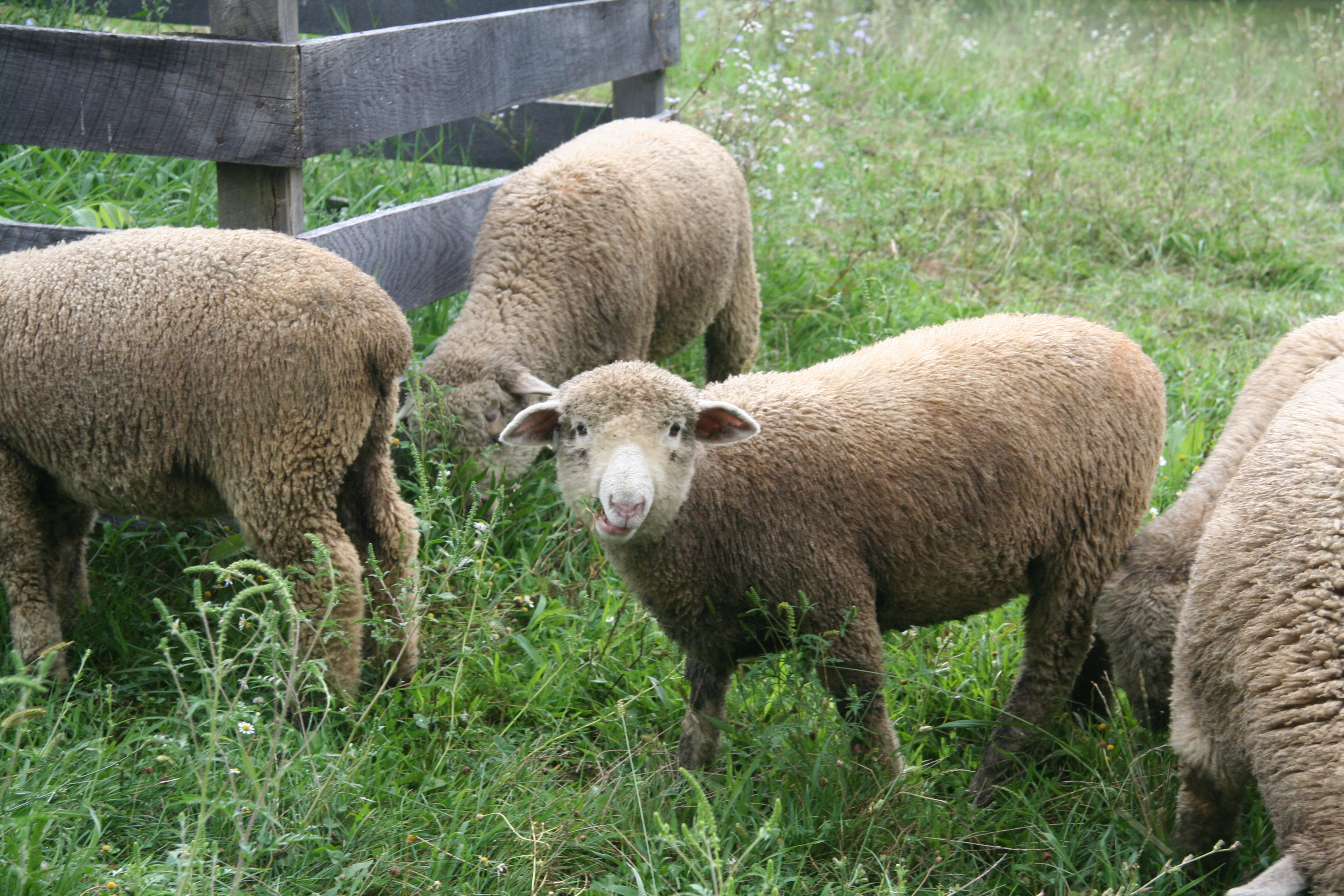
Spring brings many changes to the farm. As the weather warms, the activity around the farm increases dramatically. The wheat planted last October is greening up and the oats planted several weeks ago have sprouted, promising a nice harvest in July. We’re busy spreading manure and getting the other fields ready for seeds. Planting cool weather crops such as peas, onions, kale, lettuce, carrots and beets in the kitchen garden is underway. Historically, they provide the first fresh vegetables to a family that was eating canned and pickled foods all winter. Spring not only influences the plants but also affects the animals here on the farm.
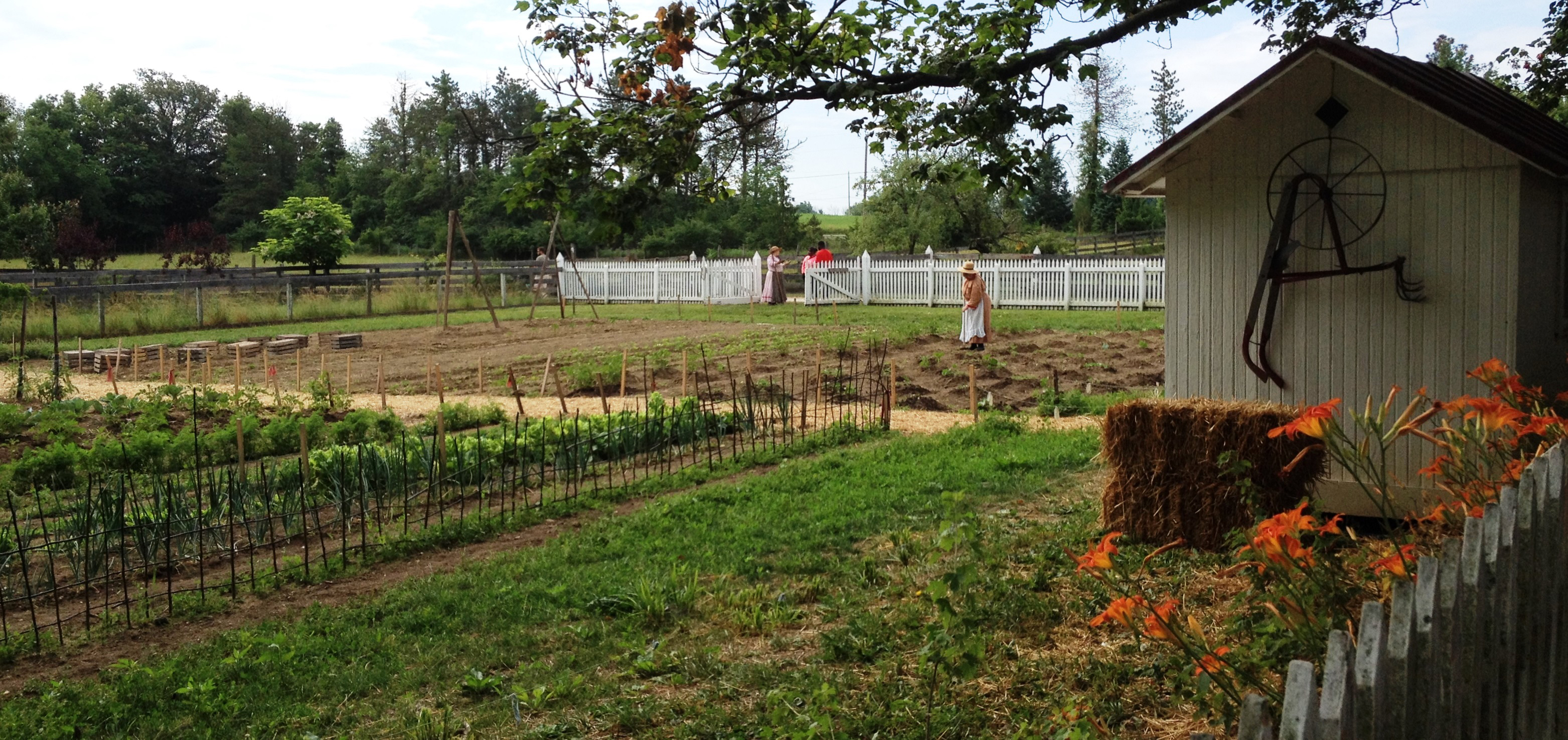
Merino sheep rely on the green grass for extra nutrition. It also aids with milk production for those having lambs. In the 1880s, the farmer made money by selling the males for meat and would keep the females to produce more wool and lambs. Before synthetics, merino wool was very desirable. Its small diameter fibers are comfortable and don’t itch like other wools. Merino wool was used to make warm socks and long underwear in the winter. It was also thinly woven to make naturally wicking and breathable items for the summer.
The warmer temperatures are great for our new litter of Poland China piglets. These piglets don’t have much hair or fat to keep them warm yet, but by December they will grow a thick layer of fat and weigh around 350 pounds. Farmers in the Cincinnati river valley area developed the Poland China breed in the 1830s to produce a large amount of lard in addition to their meat. Lard was used in cooking and in soap production, making it a valuable commodity at the time.
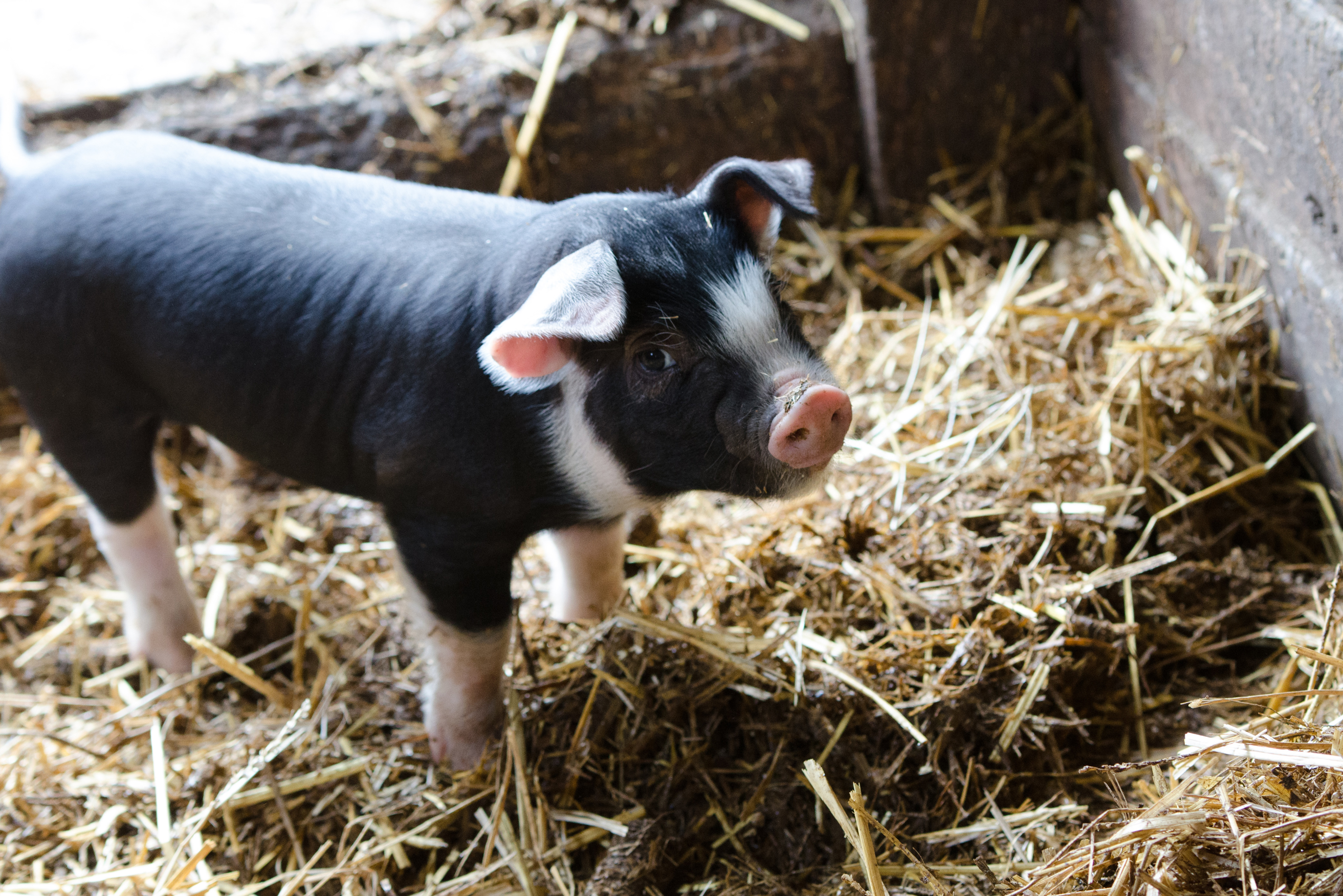
The longer days signal increased egg production from the java and creve-coeur chickens as well as the slate turkeys. In the 1880s in the spring, eggs that weren’t used or sold were set aside for artificial incubation. Kerosene incubators were used back then to ensure poultry set on its eggs long enough for them to develop. The farm is expecting chicks at the beginning of May so stop out to see them. In May, the farm will butcher the older chickens and turkeys whose egg production has declined.
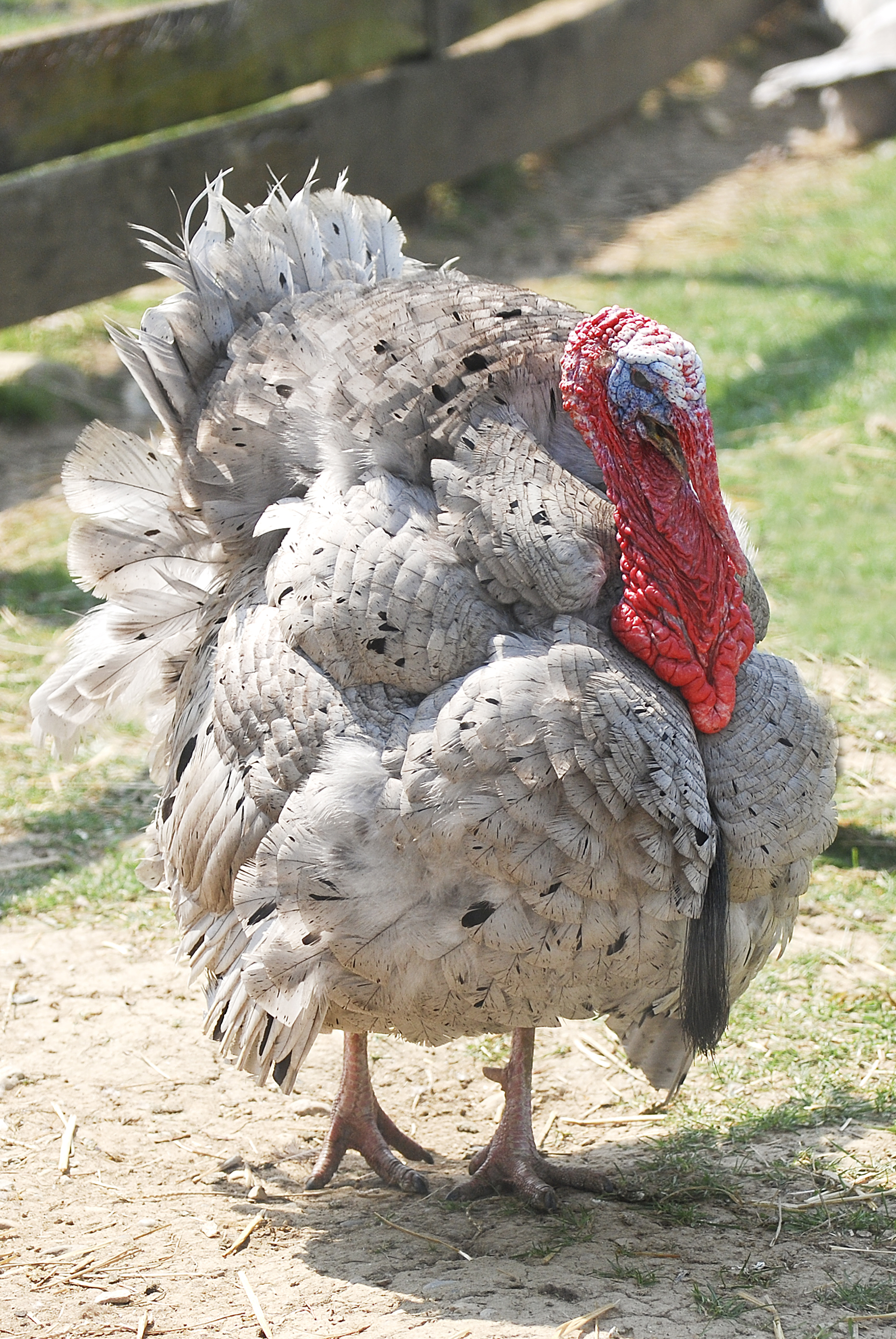
Spring weather has also prompted the purple martins to return the farm. These aerial insectivores eat a number of troublesome insects and are a welcome sight. In fact, humans have been hanging birdhouse gourds for these birds for so long that some claim purple martins don’t have any natural nesting areas.
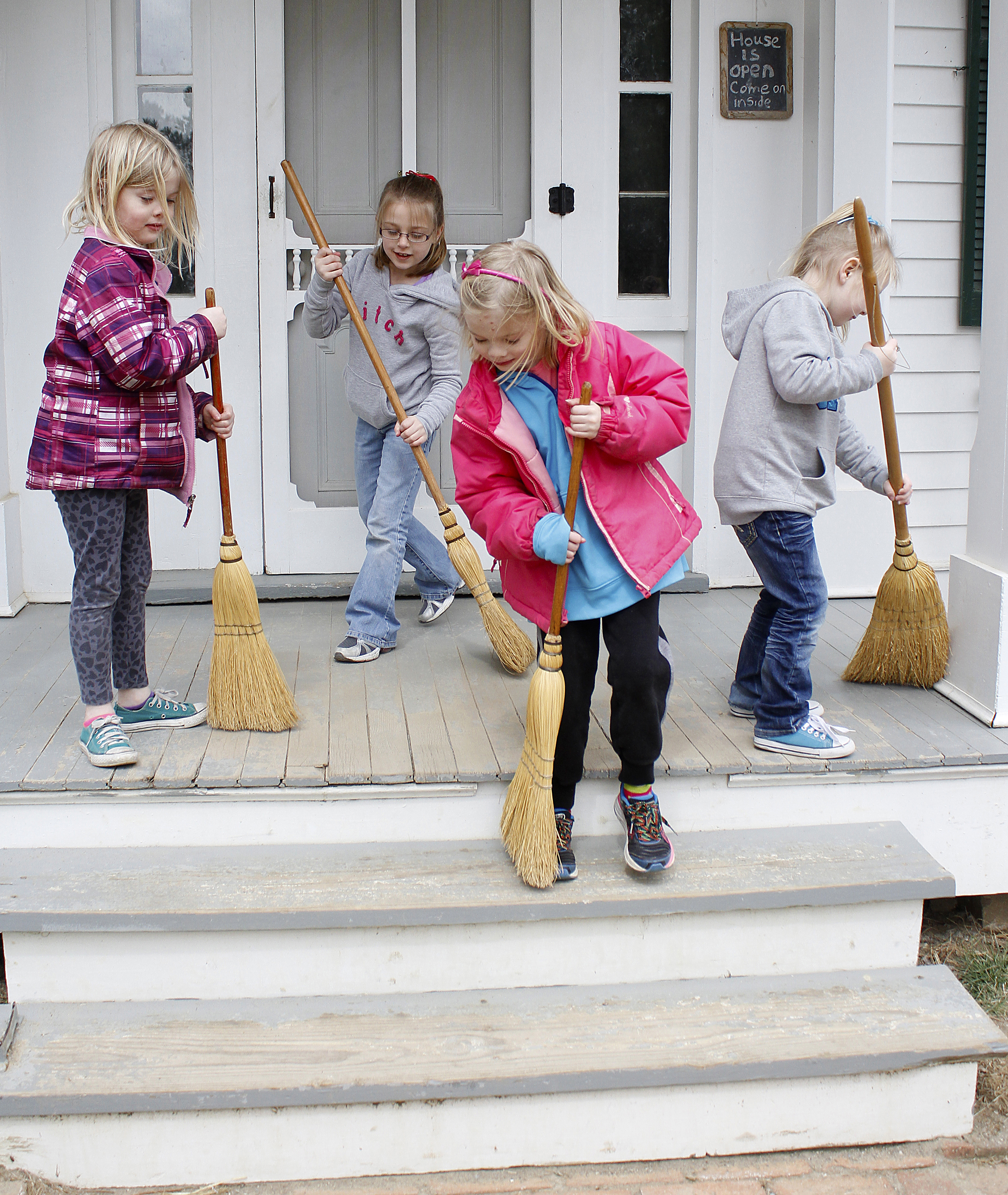
The sunshine and warm weather bring many visitors strolling around the grounds, visiting with livestock, playing with farm toys and helping with chores. Stop out and see what else spring brings to the farm.
